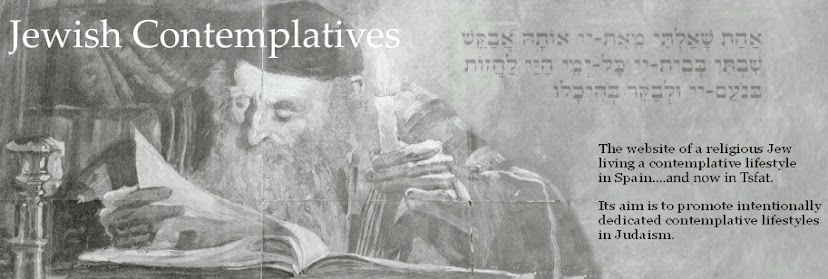In Parshas Shemos, Moses is commanded to remove his shoes on approaching the ground from which the Burning Bush has sprung. (Exodus 3:5)
The Nefesh HaChayim (1749-1821) interpreted the foot and its shoe as images for the soul and the body—the "shoe" being the physical vehicle for a person’s soul. To remove one’s shoes could therefore be taken as an image for divesting oneself of one’s physicality in order to focus on the spiritual.
Judaism goes to great trouble expressing the view that the physical is not something to be quashed because of some perceived inferiority, rather it stresses that the physical and material should be uplifted and transformed by the spiritual. The two are partners and not opposites.
Nevertheless, in the Shulchan Aruch (Orach Chaim 98:1) we read that prayer and meditation can produce a spiritual transformation (hispashtus ha-gashmius) by which the physical is left well behind and, as it were, temporarily forgotten.
Why is Moses commanded to take off his “physicality” ?
Perhaps he is being commanded to forget “himself” in order to encounter the Other.
Whenever we enter a House of Prayer to daven in community— and whenever we create our own private “house of prayer” by intention during hisbodedus— we are acknowledging each one to be a potential place of personal encounter with HaShem. In both situations, the holiness of these acts requires that we should take off our shoes metaphorically.
There are many who meditate and pray for the sake of personal development or health and wellbeing. There are many who study Jewish mysticism because of its profound humanistic or psychological benefits. But the contemplative encounter of Moses at the Burning Bush teaches us that the Jewish meditator or mystic has one purpose:- to encounter and engage in a relationship with HaShem.
The One who reveals His Name when we are prepared to leave the “shoes” of our personal concerns and needs behind us, frees us from a self-centred kind of focus and introspection, so that he can open up a prophetic kind of focus and introspection in our souls.
Our aim, our “tachlis” as Jewish contemplatives is not to attain (or even pursue) some kind of personality development. Our aim is to encounter, to communicate with, and to converse with the One whose Name is beyond all human understanding.
In our hisbodedus (informal solitary prayer) may we strip ourselves of any false sense of intellectual understanding in His Presence. May we leave our self-focus at the door on entry. May we focus on the One we have come to find, and may He find us waiting for Him alone, ready to serve Him in our single-minded attentiveness.
N.R.Davies
Jan 3 2013

